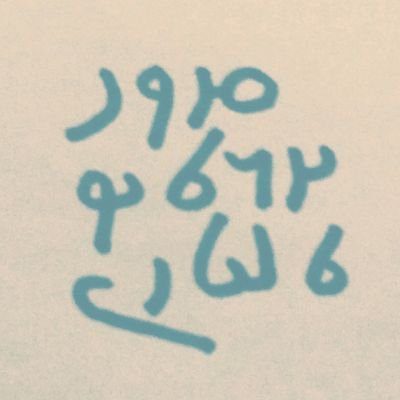
@PhDniX
Historical Linguist; Working on Quranic Arabic and the linguistic history of Arabic and Tamazight. Game designer @team18k

@PhDniX
Historical Linguist; Working on Quranic Arabic and the linguistic history of Arabic and Tamazight. Game designer @team18k